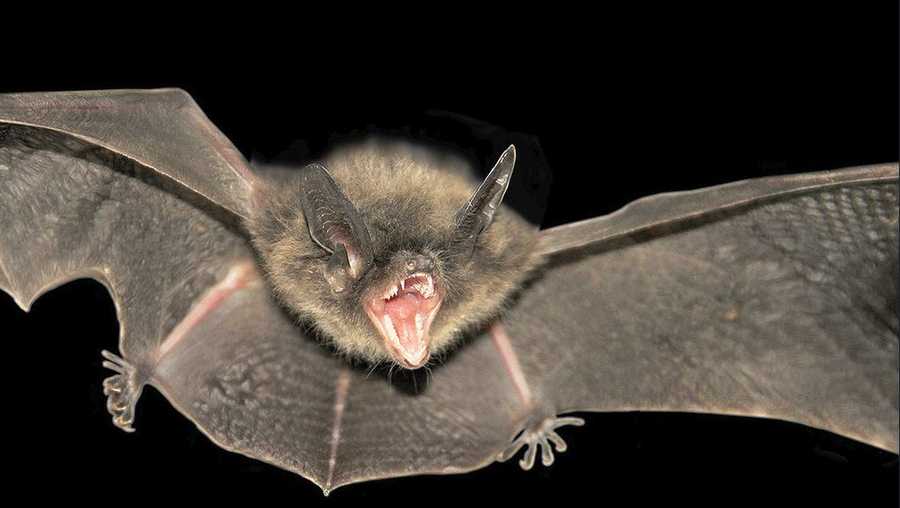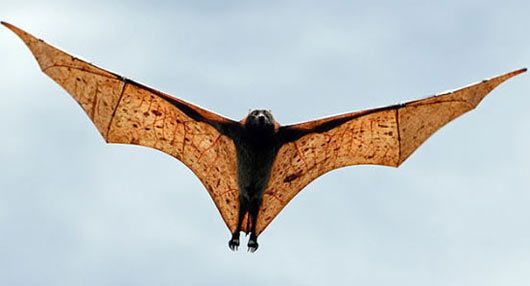National Infant Immunization Week (NIIW)and Toddler Immunization Month (TIM) are annual observances that highlight the importance of routine immunizations for children younger than 2. I am sharing a list of age as well as what immunization is needed. as well as an easy to read chart. The great part is that it goes from the earliest immunization all the way to leaving to college.
Taking our babies to get their vaccinations is never easy for us or the child. The important thing is to try to stay up to date so that they will be spanned out and not so many will be needed at any one time. When you are ready to take your child to the doctor, health department or clinic for their vaccination here are some great ideas to do before you leave.
Provide comfort. Keep your baby cuddled in your lap and sing to her. Here are ways to hold your baby or young child while she receives her shot.
- Bring her favorite toy, book or blanket.
- Make eye contact with her and tell her everything will be okay.
- Be honest with your child; tell her the she may feel a pinch, but the shot will keep her healthy.
- After the shot, hug and praise your child. For your baby, swaddling, breastfeeding or a bottle may offer relief.
- Before leaving the office, ask your provider to advise you about a non-aspirin pain reliever in case your child is uncomfortable after the shot.
Vaccination Schedule for Babies
At One 1/2 Months:
- B.C.G (injection) If not given at birth for the baby.
- D.P.T. - One (injection)
- O.P.V. - One (dose)
At Two 1/2 Months:
- D.P.T. - Two (injection)
- O.P.V. - Two (dose)
- At 31/2 months:
- D.P.T. - Three (injection)
- O.P.V. - Three (dose)
AT 4 months:
At 6 months:
At 6 months and annually:
Seasonal influenza. The vaccine is advised each year for young children 6 months and older. Newborn babies Immunization Schedule chart for young children under 9 who get a flu vaccine to your very first time will receive it in 2 separate doses a month apart.
Babies 6 months to Five years old are even now regarded as the group of young children who most require the flu vaccine
It is specifically essential for high-risk babies being vaccinated. High-risk groups include, but are not limited to, babies with asthma, heart problems, sickle cell anemia, diabetes, or human immunodeficiency virus (HIV).
It can take in as much as Two weeks right after the shot is given to your human body to make up immunity against the flu.
At 6-18 months:
At 9 Months:
At 16 to 24 Months:
- D.P.T. Booster (injection)
- O.P.V. Booster (dose)
- 4-6 years
- DTaP
- MMR
- IPV
- Varicella
At 11 to 12 years:
MCV: Meningitis vaccine; using a booster dose at age 16
Tdap: Tetanus, diphtheria, and pertussis booster
HPV: Human papillomavirus (HPV) vaccine, given as three shots more than six months. It is advised for each girls and boys to prevent genital warts and specific cancer.
College entrants:
MCV: Meningitis vaccine; advised for previously unvaccinated college entrants who will live in dormitories. A single dose will suffice for healthy college students whose only risk thing is dormitory living.
It is essential to follow the immunization schedule accurately. In case you miss an immunization date, you have to consult your doctor right away to fix a new date. If the baby is really ill after immunization is due, you have to consult the doctor and reschedule immunization. But if your baby includes a slight cold or cough, then you are able to go ahead with vaccination. In situation your baby has had an acute reaction to a dose of immunization, consult your doctor previous to you give him the booster dose.




































